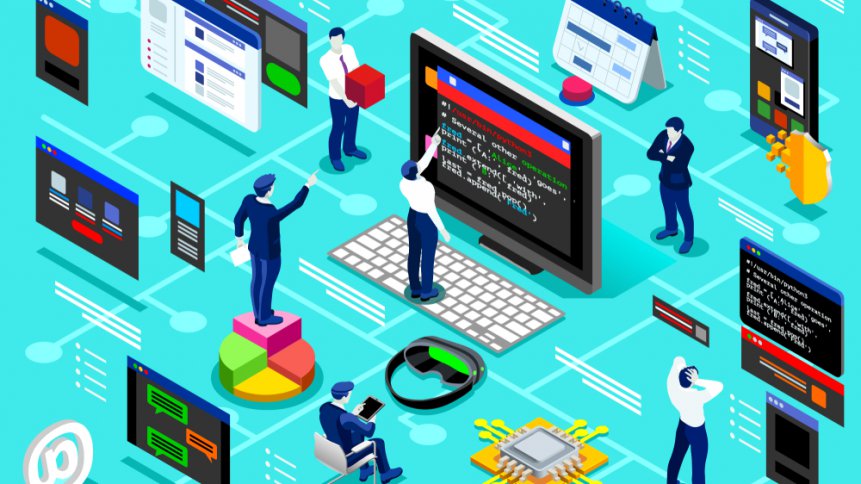The emergence of software-enabled services as a disruptor

- Software-enabled service is providing enterprises a different approach to engage with software systems
- The difference between software-enabled service and software-as-a-service lies on the emphasis of how outcomes are achieved
(SES) is an emerging term for technology that is poised to become a significant disruptor in the software market.
CFOs and data analysts are consistently plagued with a multitude of tasks, including being responsible for ensuring the continuity of business and keeping tabs on general company progress. These stakeholders often lack the time needed to learn new software, examine data management systems, and devise streamline reports geared at providing valuable insights for growth.
In situation like this where stakeholders are short on time but need the information, SES can be used and applied to tie together the loop of end-to-end usage. Developers are happy with the user-friendly service, and unlike on-premise tools and software-as-a-service (SaaS), SES does not require users to create their own outcome.
In other words, SaaS involves enterprises renting software systems, and then having to integrate, configure, and adapt them to fit their needs. With SES, organizations are able to share real-time information with their service providers, and can then directly configure a system that is optimized to fit their goals.
Turning desired outcomes into a reality
In order to ideally operate, SES relies on a close working relationship between IT engineers and organizations. Engineers are tasked with the configuration and development of the service while the organizations using them must provide information on their desired output.
Software is designed from an outcome-oriented perspective, and this in turn saves time and resources. Organizations are able to minimize their involvement while still hitting their targets.
A helpful analogy used by Keith Jahn, VP of Product Services Delivery Center at Micro Focus, is looking at the differences between SaaS and SES as those shared by a rental car service and a ride-sharing service: SaaS is like Hertz and SES is Uber.
Jahn described renting a car like a ‘service’ procured by the user to achieve an end goal, but the success of getting to that destination relies solely on the user from start to finish:
- The consumer must first to engage a provider in procuring the service
- The provider must then be available to provide said resource
- The consumer then has to be able to use the resource correctly
- The consumer must possess the skills to utilize the resource to fulfill their final goal
Now, compare that with a user calling an Uber. All that is required of them is inputting an address (aka, the configuration data) and Uber does the rest. They supply the vehicle, plus a driver who already possesses the skills and knowledge to bring the user to their desired destination.
Outside of typing out your destination, the task to fulfill that outcome now falls on the service provider.
If we examine the analogy a bit further, we can also anticipate some of the limitations that could potentially plague the applications and possibilities of SES.
YOU MIGHT LIKE

IBM feels burn from COVID-19 software spend slow-down
Calling up an Uber every time you need a ride doesn’t really require any skills or abilities from the passenger. Ideally, they get to where they’re going without any hitches. The downside of this is that users may become too dependent on the services provided, and never learn how to do it themselves.
Another potential limitation lies in the fact that even though Uber services allow for you to go to a multitude of destinations (aka, achieve a variety of outcomes), these are still limited to the service provider’s provisions.
If Uber is unable to take passengers to certain rural areas or perhaps on routes not registered under its system, the customer will be stuck. When a user is driving their own rental car, there are far fewer limitations in destinations and much more flexibility in the roads taken by the customer to get there, having control over changes and detours en route.
Based on recurring revenue reports published recently in The Wall Street Journal on SaaS companies during the pandemic, software is seen as more recession-resistant than other sectors.
Software is the engine of digital transformation. It’s deeply baked into organizational processes. Microsoft CEO Satya Nadella recently proclaimed: “Every company will become a software company.”
When software companies invest in both SaaS and SES, they will find themselves advancing at a higher level through diversification in deploying next-gen solutions across their industries.









